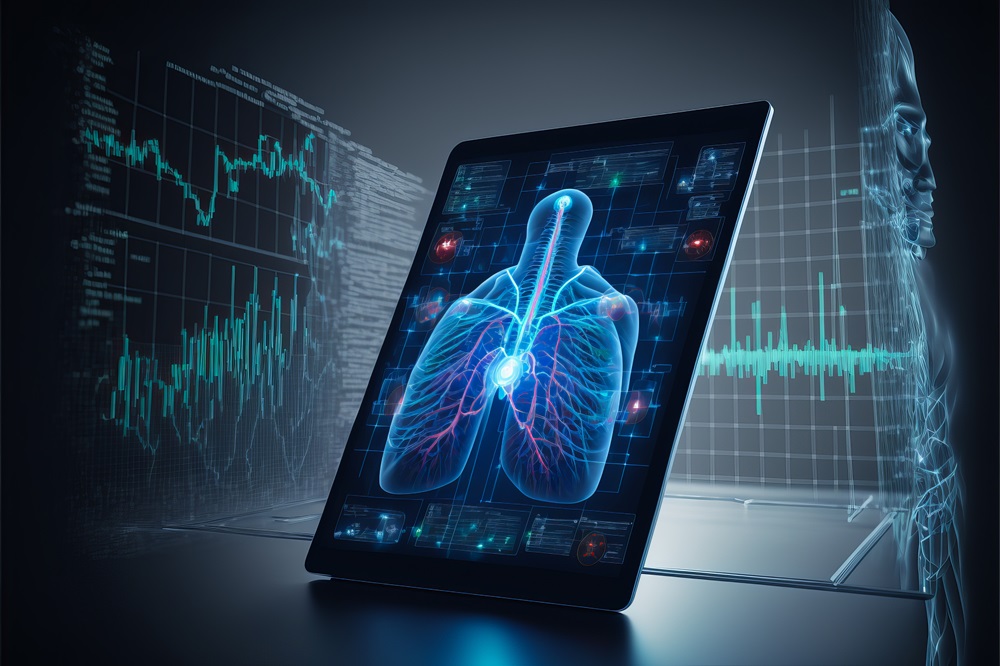AI Improves Emergency-Related Chest X-Ray Interpretation by Non-Radiologist Practitioners
Posted on 30 Jan 2024
Chest X-rays are frequently used to decide if a disease needs immediate attention. However, making this determination is hardly easy. It requires experts to identify things like projection phenomena, superimpositions, and other complex representations in the images. This can be especially difficult for non-radiologists who do not regularly analyze diagnostic imaging. Nevertheless, in emergencies, they might need to make clinical decisions based on these images, often without a radiologist present. Previous research has looked into how AI can help interpret chest X-rays, aiming to make clinical processes more efficient and enhance patient care. In a new study, a team of researchers investigated whether an AI system, based on a convolutional neural network (CNN) and designed for interpreting chest X-rays, could be beneficial in emergency units (EUs). Their study showed that AI can indeed improve chest X-ray interpretation by non-radiologists, which can be particularly valuable in settings with limited resources.
In the study, researchers at the University of Munich Hospital in Germany evaluated an AI algorithm trained on both publicly available and expert-annotated chest imaging data. They examined 563 chest X-rays, each reviewed twice by three certified radiologists, three radiology residents, and three non-radiology residents with emergency unit experience. The study also involved testing non-radiologists on their ability to diagnose four specific conditions: pleural effusion, pneumothorax, pneumonia-like consolidations, and nodules. In its internal validation, the AI algorithm showed an impressive performance, with area under the curve (AUC) scores ranging from 0.95 for nodules to 0.995 for pleural effusion. The researchers noted that non-radiologist accuracy improved for all four conditions when using AI.

Furthermore, the study found that AI assistance notably enhanced agreement among non-radiologist readers in identifying pneumothorax, including a significant increase in the AUC score and improvements in both sensitivity and accuracy. Similarly, nodule detection saw the greatest improvement with AI help, marked by increases in sensitivity, accuracy, and AUC score. When the radiologists used the AI algorithm, they saw smaller improvements in performance, sensitivity, and accuracy, most of which were not significant. These results led the researchers to conclude that AI support could be particularly helpful for less experienced physicians in situations where experienced radiologists or emergency physicians are unavailable.
“In an emergency unit setting without 24/7 radiology coverage, the presented AI solution features an excellent clinical support tool to non-radiologists, similar to a second reader, and allows for a more accurate primary diagnosis and thus earlier therapy initiation,” stated the team.
Related Links:
University of Munich Hospital














